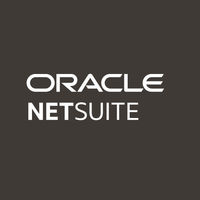AccountsIQ is a Accounting Software. AccountsIQ offers Spend Management, Revenue Recognition, Purchasing, Project Accounting, Payroll and many more functionalities.
Some top alternatives to AccountsIQ includes Xero, Sage Accounting (Sage One), Patriot Accounting, Quickbooks and Sage Intacct.
Yes, AccountsIQ provides API.
No, AccountsIQ doesn't provide mobile app.
AccountsIQ is located in Dublin City, Ireland
AccountsIQ offers Subscription, Quotation Based pricing models
The starting price is not disclosed by AccountsIQ. You can visit AccountsIQ pricing page to get the latest pricing.





/logo_1622728934.296577.png)













